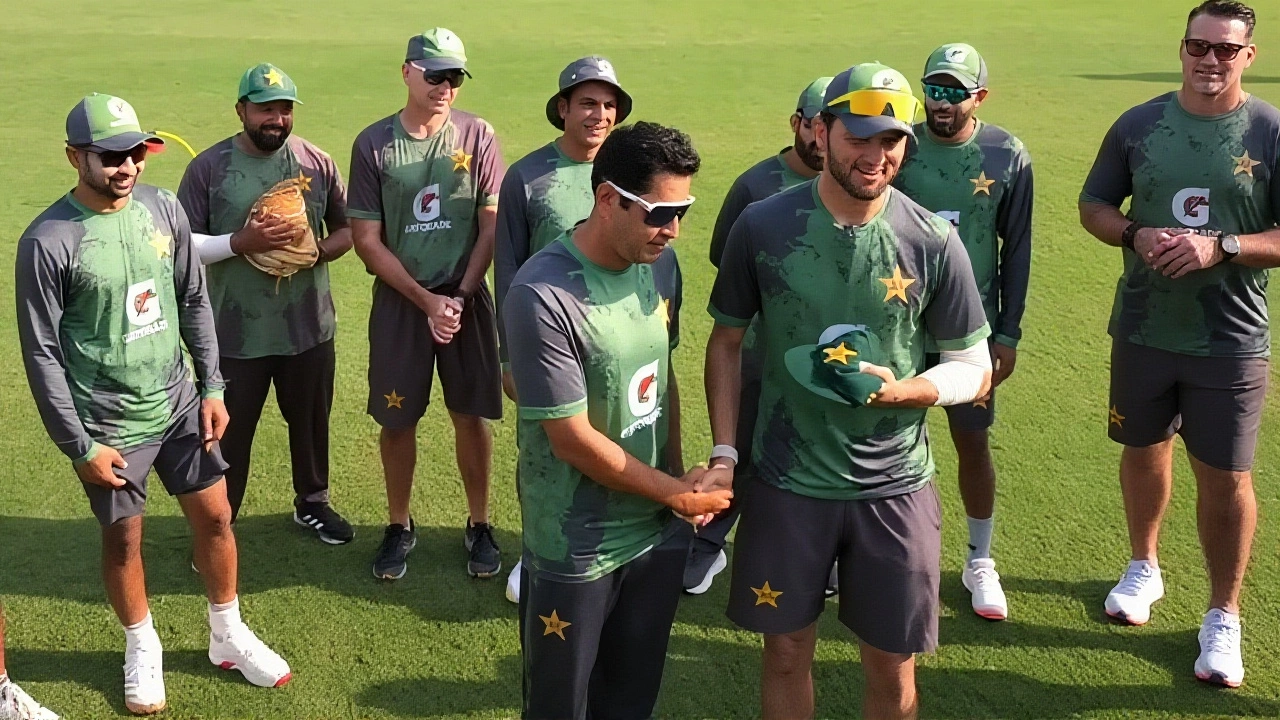Age Record: Notable Age‑Related Milestones and Stories
When you hear the term Age Record, a documented achievement that is distinguished primarily by the age of the individual or entity involved. Also known as Age Milestone, it helps fans and researchers compare performance across generations and spot trends in youth or longevity. Whether it’s a teenager breaking a batting average or a centenarian setting a fitness goal, an age record adds a layer of excitement to any competition.
Sports, Statistics, and the Power of Age
One of the most vivid arenas for age records is Cricket, the bat‑and‑ball sport played by millions worldwide. The sport tracks everything from youngest debutants to oldest wicket‑takers, and every time a new record surfaces it triggers headlines, fan debates, and even fines—as seen when the India Women’s team faced a penalty for a slow over‑rate. These milestones rely on precise data collection, so statisticians keep detailed logs of birth dates, match dates, and performance metrics. The result is a rich archive that fuels fan discussions and informs coaching decisions.
Beyond cricket, age records feed into the broader world of World Records, officially recognized achievements in any field. Whether it’s the fastest marathon run by a teenager or the longest‑running TV series hosted by a senior, these records capture human potential at different life stages. The process of verifying a world record often involves cross‑checking government IDs, medical certificates, and eyewitness accounts, underscoring how age verification is a critical step in preserving credibility.
Media platforms amplify the impact of age records. On Social Media, online services that let users create and share content, a new age milestone can trend within minutes, sparking memes, analysis threads, and viral videos. This rapid dissemination shapes public perception, making the record not just a statistic but a cultural moment. Journalists at outlets like Media Guardian Sons often blend factual reporting with storytelling, turning raw numbers into narratives that resonate with readers across age groups.
Understanding age records also means recognizing their broader implications. They highlight the importance of accurate record‑keeping, influence training regimens for young athletes, and inspire older participants to push boundaries. They intersect with topics such as mental health in schools, where age‑specific pressures can affect wellbeing, and even weather events, when age data helps assess vulnerability of different demographic groups. By exploring these connections, readers can see how a simple age number can ripple through sports, media, and society.
Below you’ll find a curated list of articles that dive deeper into these themes—whether it’s a cricket fine, a flood‑related tragedy, or the evolution of media itself. Each piece adds another layer to the story of age records, showing how they shape and are shaped by the world around us.
38‑Year‑Old Asif Khan Afridi Makes Historic Test Debut for Pakistan
At 38, Asif Khan Afridi became Pakistan's third-oldest Test debutant, sparking debate on age, resilience, and future bowling options.

 Cricket
Cricket